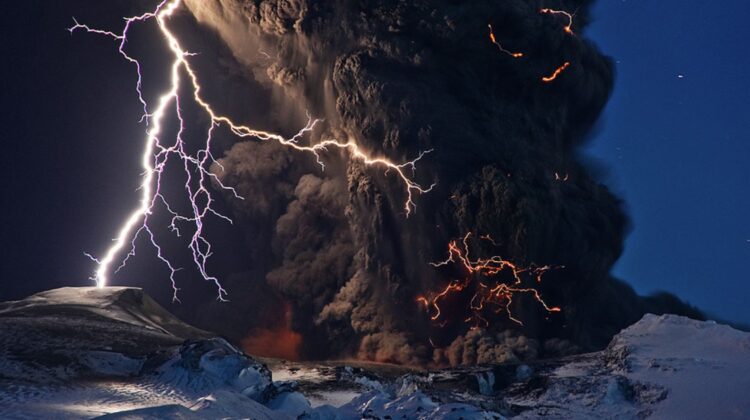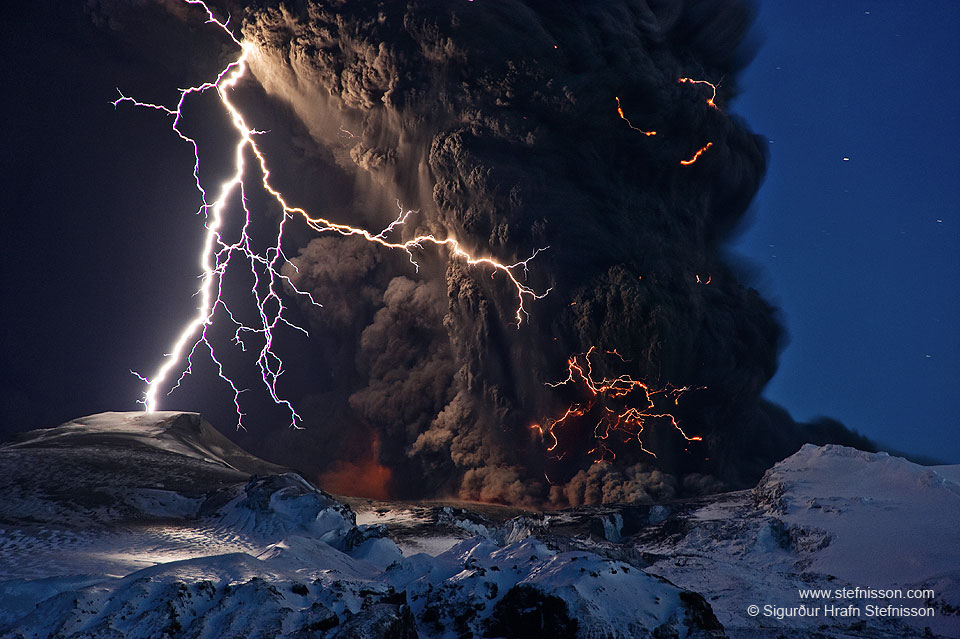
If you are fascinated by the wonders of the universe, then the Astronomy Picture of the Day (APOD) is a great resource to explore. Each day, a different image or photograph of our fascinating universe is featured, accompanied by a brief explanation written by a professional astronomer.
One particularly striking image featured on APOD is the eruption of the Eyjafjallajökull volcano in Iceland in 2010. This eruption was not only visually stunning, but it also had significant impacts on air travel across Europe.
The eruption began on March 20, 2010, with a second eruption starting under the center of a small glacier on April 14. Although neither eruption was unusually powerful, the second eruption caused a large amount of glacial ice to melt. This melted ice then cooled and fragmented the lava, creating gritty glass particles that were carried up with the rising volcanic plume.

The resulting ash plume was not only large but also particularly problematic because it drifted across heavily populated areas. Air travel across Europe was significantly impacted, with thousands of flights canceled due to concerns about the safety of flying through the ash cloud.
The photograph featured on APOD captures the dramatic nature of the eruption, with lightning bolts illuminating the ash pouring out of the volcano. This image not only highlights the power and beauty of nature but also serves as a reminder of how interconnected our world is. Natural events in one part of the world can have far-reaching impacts, even on industries as far removed from nature as air travel.
Overall, the Astronomy Picture of the Day is a valuable resource for anyone interested in exploring the wonders of the universe. Whether you are an amateur astronomer or simply curious about the world around us, APOD offers a daily dose of inspiration and insight into the fascinating universe we call home.

Leave a Reply